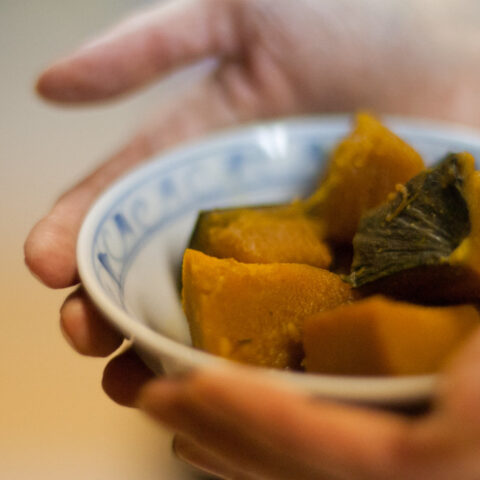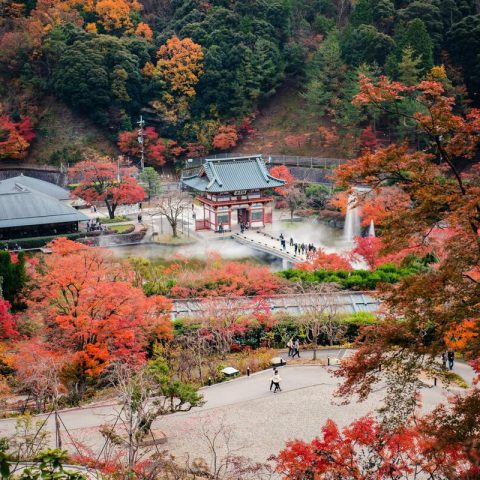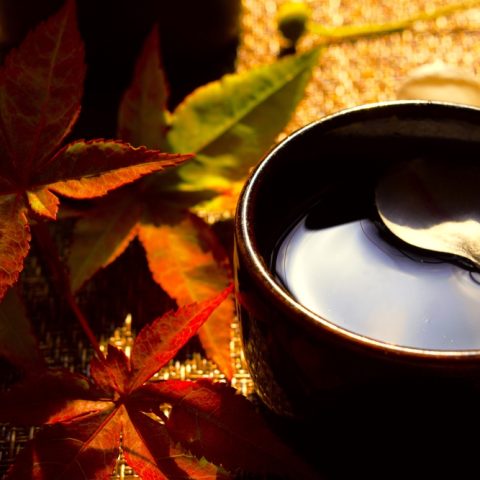
If you’ve never tried this Japanese fruit, we need to talk (or more so, you need to read).
What is “Nashi”? (梨・なし)
Nashi, otherwise known as an Asian pear, is a personal favorite snack of mine. But, before I get carried away making you question your life choices for never seeking them out, let me provide some background information so you know exactly what it is I’m talking about.
The word “Nashi” means “born in the west” and consequently refers to pears that are native to Japan and China. “Wa-nashi” is a subterm often used specifically in Japan as it translates to “Japanese pears” which, in comparison to Chinese pears, are better adapted to warmer climates.
While there are variations of pears beneath the umbrella term “Nashi”, they all are generally larger, rounder, crisper, and juicier than the European pears you may be accustomed to. And unlike European pears, which you are supposed to eat after they soften, nashi is considered ripe when it is harvested and therefore intended to be eaten while it is still relatively hard on the outside. Though they may taste slightly more bland than what would be expected from European pears, nashi’s unique features are exactly what make them a special, delicious treat.
At the supermarket, you will often find nashi packaged as shown in the image below. This is to protect the fruit from any bruising and ensure that you get the best quality fruit for what you are paying (as you’ll notice, nashi isn’t necessarily cheap). So, when you do purchase it, make sure to store the nashi in a refrigerator in order to preserve their desired condition and maximize the sense of refreshment and enjoyment you’ll feel when you finally eat them!

Types of Nashi
You can generally enjoy Nashi all throughout Japan’s late summer and into the Autumn season depending on the type of nashi. In Japan today, three of the most popular types of nashi are Kosui, Hosui, and Nijisseiki.
Kosui nashi
Kosui nashi is the highest produced pear in Japan. It ripens relatively early in the season, and tastes very sweet due to its low acidity and high sugar content.
Hosui nashi
Hosui nashi is comparably juicy and sweet, yet tends to be slightly bigger than Kosui nashi and ripens towards the middle of the season.
Nijisseiki nashi
Nijisseiki, otherwise known as, “the 20th century”, is a newer variation of Nashi with growing global popularity. It ripens in late August-September and October and tends to have a more yellow-green skin in comparison to the commonly recognized golden skin of Kosui and Hosui nashi.

How to eat Nashi?
Alright, now that you have the basic information about what nashi is, let’s get to the details you really want to hear: how to eat it!
Drum roll please…
Just keep it simple: chill it, slice it, (peel it), serve it, and enjoy.
This is arguably the best and, in turn, most common way to eat nashi and you can’t go wrong with it. While peeling fruits is a common practice in Japanese culture, it is, of course, an optional step that depends on your personal preference. Though the nashi’s skin may be rougher and thicker than European pears, it is still edible and in fact a good source of fiber. Moreover, while you can take a bite from the uncut pear and eat it like you would an apple, doing so is not particularly common in Japanese culture. (I would also give warning to those planning to do this — as Japanese pears are notably watery, eating them just out of your hand could get a little messy).
Nevertheless, regardless of which type of nashi you select, how you slice it, whether you peel it, and when you eat it — just give this fruit a try. Nashi is a treat that is highly regarded and widely loved in Japan. It has been believed to symbolize a charm which wards off evil and is often given as a gift to others — so aren’t you curious to try it out?
Learn more about local dishes on our “Top 5 Japanese foods” online experience!
PIN THIS FOR LATER




